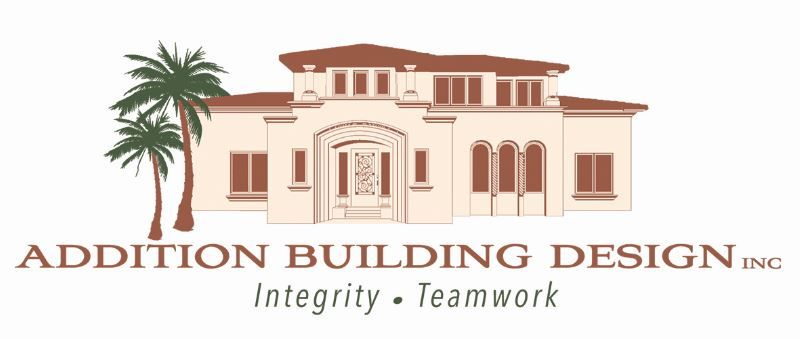What to Know About Renovating on a Hillside: A Comprehensive Guide

Renovating a home on a hillside presents unique challenges and opportunities. Whether you’re planning a modest upgrade or a full-scale renovation, understanding the complexities of hillside construction is crucial for success. Here’s what you need to know to navigate the process effectively.
1. Understand the Terrain
The first step in any hillside renovation is to understand the terrain. Hillside properties often come with uneven surfaces, which can significantly impact the design and construction process. Slope stability is a key concern, as it affects everything from foundation type to drainage solutions. A thorough geological survey is essential to assess the soil composition, identify potential hazards, and determine the best approach for construction.
2. Foundation and Structural Integrity
The foundation is the backbone of any hillside renovation. Unlike flat land, hillside properties require specialized foundations, such as deep-pile foundations or stepped footings, to ensure stability. Retaining walls play a critical role in supporting the soil and preventing erosion. It’s vital to work with experienced structural engineers and contractors who understand the intricacies of building on a slope to avoid future issues.
3. Drainage and Water Management
Keywords: hillside drainage, water management, erosion control
Proper drainage is paramount in hillside renovations. Water can quickly become your worst enemy on a slope, leading to erosion, landslides, and damage to your home. Installing an effective drainage system, such as French drains or surface drains, helps redirect water away from your property. Additionally, consider using permeable materials for landscaping to reduce runoff and mitigate erosion.
4. Design Considerations
Hillside renovations offer unique design opportunities. The natural elevation can provide stunning views and abundant natural light if utilized effectively. Work with an architect experienced in hillside design to maximize these benefits. Incorporate large windows, multi-level decks, and terraced gardens to blend the home seamlessly with its surroundings while taking advantage of the natural landscape.
5. Zoning and Permitting
Hillside properties are often subject to stricter zoning regulations and building codes. Before beginning your renovation, it’s crucial to research local zoning laws and obtain the necessary permits. This may include special considerations for environmental impact, height restrictions, and fire safety. Working with professionals who are familiar with the local regulations can help streamline the permitting process and ensure compliance.
6. Budgeting for Contingencies
Hillside renovations often come with unexpected challenges that can increase costs. Soil instability, difficult access for construction equipment, and the need for specialized materials can all impact your budget. It’s wise to set aside a contingency fund to cover unforeseen expenses. A well-planned budget that accounts for these variables will help keep your project on track.
7. Hiring the Right Team
Keywords: hillside renovation experts, experienced contractors, architectural design
Given the complexities of hillside construction, hiring a team of experts with specific experience in hillside renovations is essential. Look for contractors, architects, and engineers who have a proven track record in similar projects. Their expertise will be invaluable in navigating the challenges and ensuring a successful renovation.
8. Sustainability and Eco-Friendly Options
Sustainable building practices are especially important in hillside renovations, where the natural environment is a significant consideration. Opt for eco-friendly materials and energy-efficient designs to minimize your environmental footprint. Incorporating green roofs, solar panels, and rainwater harvesting systems can enhance the sustainability of your renovation while reducing long-term costs.
9. Safety Precautions
Safety is a top priority when renovating on a hillside. Ensure your renovation plan includes features to prevent landslides, such as retaining walls and proper drainage systems. Additionally, consider earthquake-resistant designs, particularly in areas prone to seismic activity. These precautions not only protect your investment but also ensure the safety of your family and property.
Renovating on a hillside is a rewarding but challenging endeavor. By understanding the terrain, ensuring proper drainage, adhering to zoning regulations, and hiring experienced professionals, you can transform your hillside property into a stunning and secure home. At Addition Building and Design, we specialize in hillside renovations, offering the expertise and guidance needed to navigate these complexities. Contact us today to discuss your project and bring your hillside vision to life!

